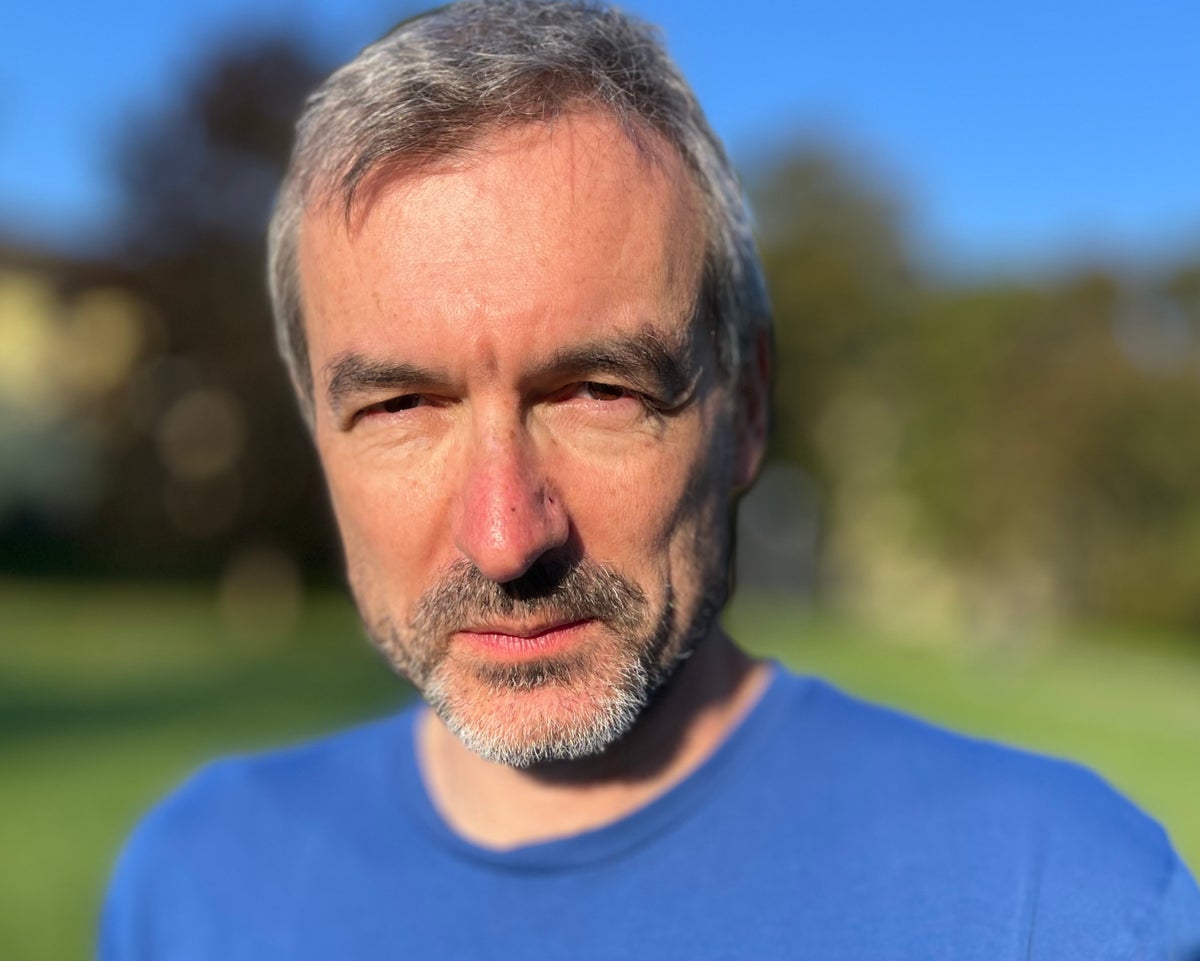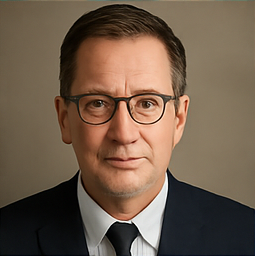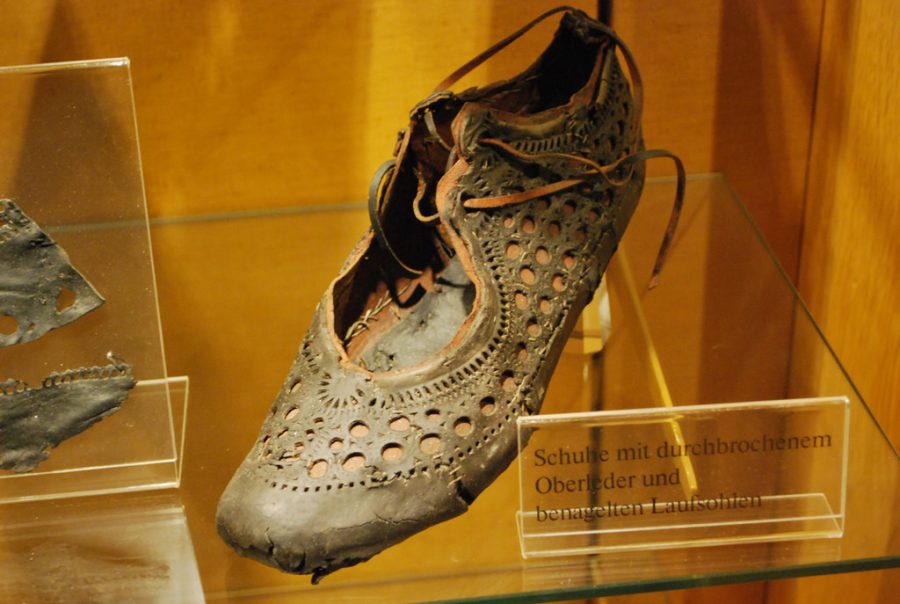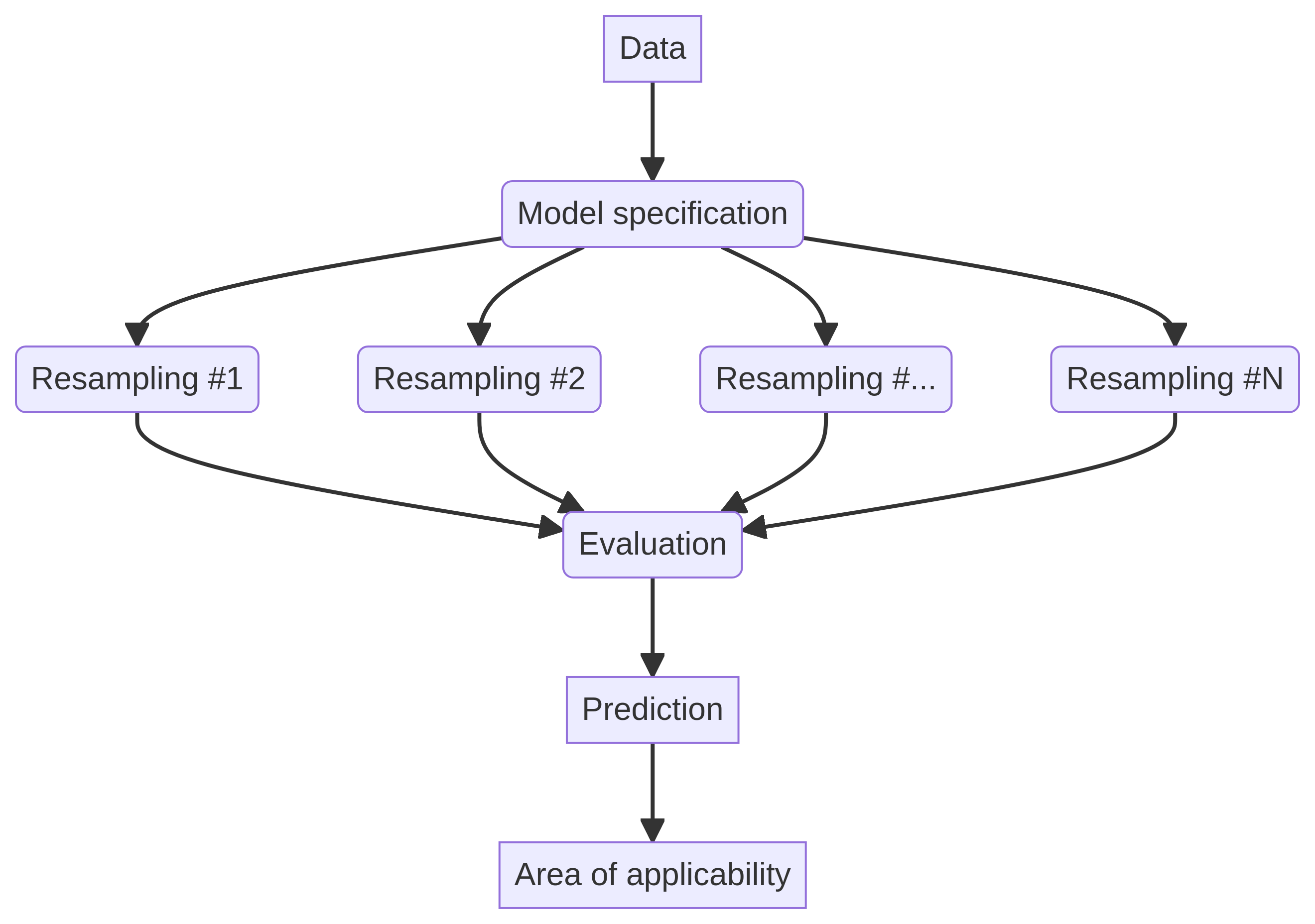Dennis Gaitsgory Honored with Breakthrough Prize for Contributions to Geometric Langlands Program

In an impressive display of mathematical prowess, Dennis Gaitsgory, a distinguished researcher at the Max Planck Institute for Mathematics in Bonn, Germany, has been awarded the highly esteemed Breakthrough Prize in Mathematics. This accolade is in recognition of his significant contributions to the geometric Langlands program, a complex mathematical framework that has long captivated the minds of mathematicians.
The Langlands program, often referred to as the “grand unified theory of mathematics,” was conceived by the renowned mathematician Robert Langlands in 1967. This ambitious framework comprises various conjectures aimed at establishing connections between seemingly disparate fields of mathematics, specifically number theory and harmonic analysis. In the late 20th century, researchers began to notice a parallel connection emerging between geometry and harmonic analysis, which subsequently gave rise to the geometric Langlands program.
Fast forward to 2024, and Gaitsgory, alongside eight of his collaborators, has achieved a monumental breakthrough. Their work, documented in five preprint papers totaling nearly 1,000 pages, provides proof that a broad class of geometric objects is intrinsically linked to quantities derived from calculus. This remarkable achievement has not only garnered Gaitsgory the Breakthrough Prize, which includes a generous award of $3 million, but it also marks a historic milestone in mathematical research.
In an interview with Scientific American’s German-language sister publication, Spektrum der Wissenschaft, Gaitsgory shared insights into his mathematical journey, the implications of the Langlands proof, and the significance of the Breakthrough Prize.
Reflecting on his 30-year engagement with the geometric Langlands program, Gaitsgory recounted a pivotal moment that signaled the potential for a proof. “There was a very crucial step that was always a mystery. This got solved by a former graduate student of mine, [mathematician] Sam Raskin, and his graduate students in the winter of 2022. They proved that something is nonzero. After this, it was clear that we would be able to work out a proof,” he explained.
When asked about his emotions upon realizing the proof was within reach, Gaitsgory stated, “I’ve always perceived it as some kind of long-term project for self-entertainment. So I obviously felt happy, but it was not like a very strong emotion or anything. It wasn’t a eureka moment.” He emphasized that while the conjecture they proved is significant, it represents only a single step in a much larger journey, highlighting the vast landscape of work that still lies ahead.
Upon being asked about the celebratory aspect of their achievement, Gaitsgory humorously noted, “There was no champagne but something similar. When [Raskin] said that he could prove this crucial part, we made a bet: if he could really do it, I promised him a bottle of scotch.”
Gaitsgory played a major role in the writing of their extensive proof, producing an impressive 95 percent of the content. Remarkably, this was achieved while he was sidelined due to a skiing injury, allowing him ample time to focus on the work. “I was just lying in bed. So what else was there to do?” he joked, recounting how he balanced writing while watching Star Wars with his son.
In a lighthearted manner, Gaitsgory shared that some sections of their papers were initially named after Star Wars episodes, a creative touch that they ultimately decided to forgo due to copyright concerns. However, one paper retains a quote from the franchise: “Fear will keep the local systems in line,” a fitting reference given the intricate nature of their research.
Despite the monumental scale of their work, Gaitsgory explained that the process was not without its challenges. “Of course, we had a road map, but there were still a lot of blanks to fill, many theories to be developed,” he admitted, though he remained composed throughout, avoiding moments of panic as they navigated through the complexities of their proof.
Gaitsgory’s collaborative spirit was evident in the process. He noted that while he was physically limited, the proof was a cooperative effort involving nine co-authors, each contributing their unique perspectives and expertise. “Every day I was writing to this guy and to that guy,” he shared, highlighting the value of teamwork in their mathematical endeavors.
When asked if he discussed his work with friends and family, Gaitsgory chuckled, stating that “they’re not mathematicians. They can’t technically understand.” Nevertheless, he acknowledged the support of his wife, who has been a constant presence throughout the evolution of his work.
Addressing the complexity of the Langlands program, Gaitsgory responded thoughtfully. “Yes, one cannot come from the street and just study this,” he acknowledged, but he also pointed out that the same could be said for many areas of advanced mathematics. “All frontier math is equally complicated,” he remarked, emphasizing the shared challenges faced by mathematicians across different fields.
Gaitsgory expressed a desire to see a broader community engaged in research related to the Langlands program. “So far it has been a very small community,” he noted, indicating that an influx of fresh ideas from new researchers could invigorate the field.
To foster greater interest in the geometric Langlands problem, Gaitsgory suggested increasing the frequency of lectures and workshops dedicated to the subject. He mentioned upcoming events, including a master class in Copenhagen and a conference in Berkeley, California, that aim to draw attention to their research. “Our proof is out,” he remarked optimistically, “and I regularly receive e-mails, mostly from younger people looking to learn more.”
The roots of Gaitsgory’s fascination with the Langlands program date back to the 1990s when he first encountered the work of mathematician Alexander Beilinson at Tel Aviv University. “I was completely captivated,” he recalled, explaining how that moment ignited his lifelong passion for the intricate mathematical objects within the Langlands framework.
Gaitsgory’s motivation for research continues to evolve. “I don’t know what drives me now. It’s like an actual desire. It’s like appetite. I want to do math,” he reflected, likening his need for mathematical inquiry to a fundamental human necessity. The depth of his commitment was evident as he humorously noted, “If I can’t, I suffer,” particularly after prolonged breaks from his work.
As Gaitsgory looks to the future, he is focused on generalizing their work and exploring various projects at different stages of development. While he acknowledges the uncertainty of the journey ahead in terms of methods, he remains hopeful that new ideas will emerge, particularly as more researchers become involved in the field. “If the math is valuable, it will get studied,” he concluded, with a philosophical nod towards the natural evolution of mathematical exploration.
This interview originally appeared in Spektrum der Wissenschaft and has been reproduced with permission.

















